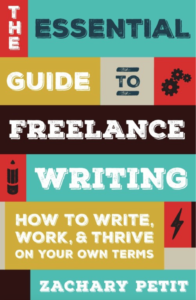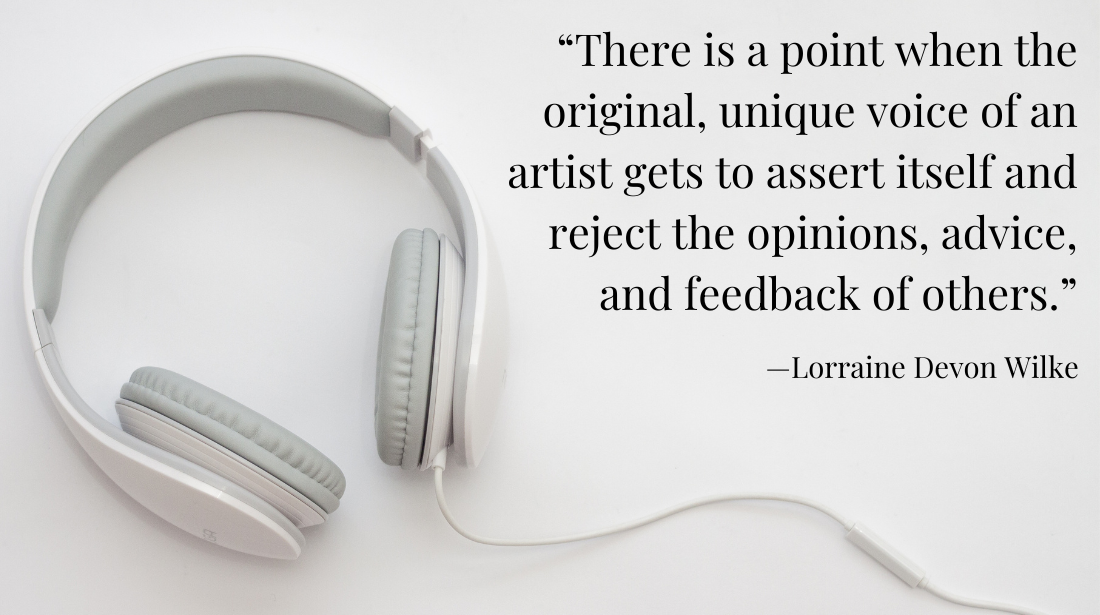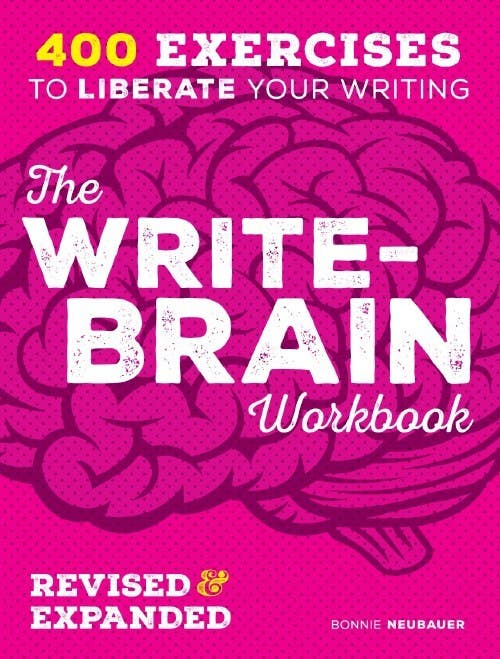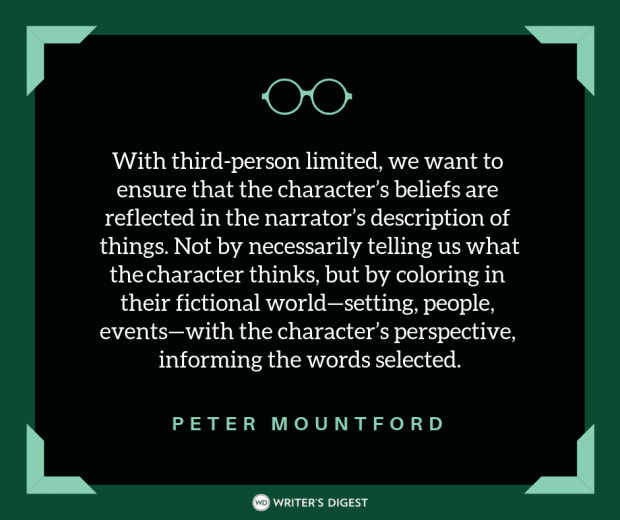5 Things Better Call Saul Can Teach Us About Writing
I think the general consensus among those writers who teach the craft is that you must read—and read widely—about the craft of writing. They’ll also tell you to study fellow…
I think the general consensus among those writers who teach the craft is that you must read—and read widely—about the craft of writing. They’ll also tell you to study fellow authors who write in your genre. And that’s solid advice. But I think there’s a lot you can learn about writing from other mediums, too. Specifically television. And since we’re in the golden age of television, there has never been a better time to analyze all the excellent writing that takes place in shows today—as well as some from yesteryear.
Every other Monday, I’ll be bringing you takeaways from some of the best television shows out there. These are meant to be specific concepts, themes, techniques, etc., that a writer can learn from the show. I’ll take a look at new shows, old shows, shows that are still airing, and others that have every season streaming online.
Let’s start with AMC’s Breaking Bad spin-off: Better Call Saul.
For those of you who don’t know, Better Call Saul follows Jimmy McGill, a struggling lawyer who works cases as a public defender for guilty clients. His office is located in the back of a nail salon and doubles as his home. Jimmy also cares for his brother Chuck, a high profile lawyer who has taken a leave of absence from his firm due to the onset of electromagnetic hypersensitivity. Over the course of the series we’ll see how Jimmy will develop into the sleazy Saul Goodman of Breaking Bad. (Potential spoilers follow.)
1. Quirky Characters Have Quirky Backgrounds
No one expected the first season of Better Call Saul to begin with the wheeling-and-dealing, shady Saul Goodman from Breaking Bad. And though the black-and-white opening began with a nervous Goodman fearing he’d been recognized at a Cinnabon in Ohama, it was clear that this is the aftermath and not the main story. The lawyer with the cheesy commercials, one-liners and shiny white Cadillac had to have a background. That background is the basis for Better Call Saul, essentially making it a character study of sorts. And Goodman’s background is as quirky (or more so) as his shtick.
If you’re creating a hardened, cynical cop or detective, there needs to be a background that reflects his current state. Something made him develop a cynical world view. Goodman works well as an off-white, sketchy lawyer because he grew up as a con artist. Viewers quickly find out that Saul Goodman (a name created from the slurred line, “It’s all good man”) is actually Jimmy McGill, who used to be known as “Slippin’ Jimmy” for feigning falls in front of businesses and operating other petty scams. This character is believable as sleazy because that’s a part of who he is. He’ll go so far as to stage a filmed publicity stunt as his billboard is taken down, allowing him the “opportunity” to save a man’s life. However your character appears, commit to that in his background. And spend time actually writing and developing that background—even if it’s something that never makes it into your story.
2. Characters Should Have a Moment of Growth
One of the primary story lines of the first season involves the Kettlemans. Craig Kettleman, the father, has been accused of embezzling $1.6 million dollars as the former county treasurer. Jimmy wants to take on the family’s case, but it ultimately goes to his hated rival, Howard Hamlin of Hamlin, Hamlin and McGill (with whom Jimmy’s brother is employed, but currently on leave). Jimmy’s friend Kim is assigned the case and ultimately fails to get the Kettlemans to take a plea deal, leading to her demotion. Knowing the Kettlemans have the embezzled funds, Jimmy has his associate steal the money. And while Slippin’ Jimmy may have split the cash with his partner, Jimmy decides to turn the money over to the police and tell the Kettlemans that their money is gone. He gets Craig to accept the plea deal, resurrecting Kim’s career even as it sets back his own (the Kettlemans had turned to Jimmy, believing he could get Craig off the hook).
Characters are most interesting when there’s a moment of conflict that ultimately leads to growth. Jimmy showed that he cared about someone other than himself, which is more than a little surprising. Previously, it seemed like he was only concerned with his own career. Going against his character and nature gives us a reason to root for Jimmy. When you’re writing characters, make sure you show true development over the course of the story. Whether that development ultimately leads to anything is up to you—she can always slip back into old habits. But a character shouldn’t remain static, or you’ll lose your audience.
Want to write extraordinary characters? Let this book be your guide.
Characters are the lifeblood of fiction. This book brings together quality
advice from the best writing instructors with sections devoted to protagonists,
antagonists, supporting characters, POV, dialogue, conflict and more.
3. Good Characters Can Do Bad Things; Bad Characters Can Do Good Things
Just because a character is ultimately lumped into the realm of protagonist or antagonist, good guy or bad guy, does not mean they can’t surprise you. A con job involving Jimmy and two brain-dead accomplices goes terribly wrong. They attempt to target the Kettlemans, but actually go after the grandmother of the violent drug dealer Tuco. One of Tuco’s lackeys, Nacho, ends up convincing Tuco to let Jimmy go, because he’s (mostly) innocent. As we find out, Nacho is not a good person. But he does a good thing here. On the flipside, Jimmy’s brother Chuck is made out to be a fairly important protagonist through the majority of the season. Only in episode nine do we find out that Chuck is the reason that Jimmy never gets hired at his firm, the aforementioned Hamlin, Hamlin and McGill. The reasoning … isn’t exactly nice, as you’ll see in point 5.
Learn to surprise your reader. Pull a classic bait-and-switch with characters like Howard Hamlin (thought to be Jimmy’s adversary) and Chuck McGill (Jimmy’s brother, and supposed supporter). Consider scenarios where your character has to make a conscious decision—whether important or menial—and write two different results based on the choice you expect him to make, and the choice that surprises you. Sprinkle in some of that surprise throughout your story. It’ll keep your readers on their toes.
4. Character Studies Are Interesting, But Need Forward Momentum
One of my fears when Better Call Saul started was that it would flame out, at least in comparison to Breaking Bad. While interesting, Saul Goodman wasn’t the first character I would’ve picked off that show to have his own spin-off. I was worried that Goodman’s character development simply wouldn’t be interesting enough to carry an entire show. Series creator Vince Gilligan has made it fairly gripping, though. By showing Saul/Jimmy at one of the lowest points in his life, there’s room for him to grow as a lawyer. And by giving him motivation to shake the Slippin’ Jimmy nickname and make a name for himself (literally, eventually, as Saul Goodman!), we see him rise with good intentions. Knowing how it all ends for Saul gives the show some extra oomph, too. There’s some fun in seeing gaps in information get filled.
If you have a story that is centered almost entirely around just one character, make sure that it really is going somewhere. We know where Better Call Saul is headed, but it’s fun to enjoy the ride. Your story can’t just be about the day-to-day life of someone, or a few random adventures here and there. You need forward momentum, an overarching story that transforms the character. Seeing that change from Jimmy McGill to Saul Goodman is powerful. We anticipate it. You almost need your character to be two separate entities—who he is in the beginning, and who he is in the end. In this case, they don’t even have the same name.
This hands-on guide to creating a well-rounded novel embraces the
crucial elements of character and plot. You'll learn to create layered characters,
develop your character's emotional journey, construct a three-act story structure,
develop character backstory in a manner that accentuates plot points and more.
5. All it Takes is One Good Line
“You’re not a real lawyer.”
Boom.
That’s what Chuck says to Jimmy at the end of episode nine. And it feels earth shattering. After all the hard work he puts in to build a massive case involving fraud and illegal interstate commerce against a retirement community, Jimmy still can’t earn the respect of his older brother. We find out that the reason Howard Hamlin won’t hire him at HHM is because Chuck asks him not to. Jimmy feels betrayed by his brother, whom he’d taken care of for months. He’d even pursued a law degree out of inspiration from Chuck. But to Chuck, he will always be a con man. He’ll always be Slippin’ Jimmy. And so Jimmy cuts ties with him.
The first season was excellent, but it all really came to a head for me with this line. It represents the struggle between Chuck and Jimmy, but also Jimmy’s own internal struggle. Give your readers that kind of conflict. Something so powerful you can sum it up in one sentence. You don’t need to include it directly in your story like they did here. But it gives you a base for creating strong conflict. And it could also work as a nice tagline.
Are you a fan of Better Call Saul? Let us know in the comments, and share anything you’ve learned from the show that can be applied to writing. And if you have suggestions for future posts in this same vein, feel free to post those in the comments, too!
Cris Freese is an associate editor for Writer’s Digest Books and the Writer’s Market series. You can follow him on Twitter @crisfreese, where you can laugh at his frustrations as a hopeless Cincinnati sports fan.
Cris Freese is a technical writer, professional book editor, literary intern, and the former managing editor of Writer's Digest Books. Cris also edited the annual guides Children's Writer's & Illustrator's Market and Guide to Literary Agents, while also curating, editing, and writing all content for GLA's online companion. crisfreese.com









